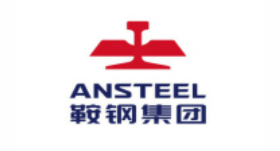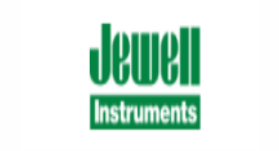Determine the type of sensor according to the measurement object and the measurement environment
To carry out a specific measurement work, we must first consider what principle of the sensor is used, which needs to be determined after analyzing various factors. Because, even if the measurement of the same physical quantity, there are a variety of principles of the sensor is available, which principle of the sensor is more suitable, you need to consider the following specific problems according to the characteristics of the measurement and the use of the sensor conditions: the size of the range; The sensor volume requirements of the measured position; Whether the measurement mode is contact or non-contact; Signal extraction method, wired or non-contact measurement; The source of the sensor, domestic or imported, whether the price can be borne, or self-developed. After considering the above issues, it is possible to determine what type of sensor to choose, and then consider the specific performance indicators of the sensor
Sensitivity selection
Generally, in the linear range of the sensor, the sensitivity of the sensor is expected to be as high as possible. Because only when the sensitivity is high, the value of the output signal corresponding to the measured change is relatively large, which is conducive to signal processing. However, it should be noted that the sensitivity of the sensor is high, and external noise unrelated to the measurement is easy to mix, and will also be amplified by the amplification system, affecting the measurement accuracy. Therefore, it is required that the sensor itself should have a high signal-to-noise ratio to reduce the factory interference signal introduced from the outside world. The sensitivity of the sensor is directional. When the measurement is a single vector, and the requirement for its directionality is high, other sensors with small directional sensitivity should be selected; If the measured vector is multidimensional, the cross sensitivity of the sensor is required to be as small as possible.
Frequency response characteristic
The frequency response characteristic of the sensor determines the frequency range to be measured, and the measurement conditions must be maintained within the allowed frequency range. In fact, the response of the sensor always has a fixed delay, and it is hoped that the delay time is as short as possible.
The frequency response of the sensor is high, and the frequency range of the measurable signal is wide, while the inertia of the mechanical system is large due to the influence of the structural characteristics, and the frequency of the measurable signal is low because of the sensor with low frequency. In dynamic measurement, the response characteristics should be based on the characteristics of the signal (steady state, transient, random, etc.) to avoid excessive error.
Linear range
The linear range of the sensor refers to the range where the output is proportional to the input. In theory, within this range, the sensitivity remains constant. The wider the linear range of the sensor, the larger its range, and can ensure a certain measurement accuracy. When selecting a sensor, when the type of sensor is determined, it is first necessary to see whether its range meets the requirements.
But in fact, no sensor can guarantee absolute linearity, and its linearity is also relative. When the required measurement accuracy is relatively low, in a certain range, the sensor with small nonlinear error can be approximated as linear, which will bring great convenience to the measurement.
stability
The ability of a sensor to remain unchanged in performance over a period of time is called stability. In addition to the structure of the sensor itself, the main factor affecting the long-term stability of the sensor is the use environment of the sensor. Therefore, in order to make the sensor have good stability, the sensor must have strong environmental adaptability. Before selecting a sensor, the environment for its use should be investigated, and the appropriate sensor should be selected according to the specific use environment, or appropriate measures should be taken to reduce the environmental impact. The stability of the sensor has quantitative indicators, and after exceeding the use period, it should be re-calibrated before use to determine whether the performance of the sensor has changed. In some cases where the sensor is required to be used for a long time and cannot be easily replaced or calibrated, the stability of the selected sensor is more stringent and should be able to withstand the test of a long time.
precision
Accuracy is an important performance index of sensor, and it is an important link related to the measurement accuracy of the whole measurement system. The higher the accuracy of the sensor, the more expensive its price, therefore, the accuracy of the sensor as long as it meets the accuracy requirements of the entire measurement system, it is not necessary to choose too high. In this way, a cheaper and simpler sensor can be selected from many sensors that meet the same measurement purpose. If the purpose of measurement is qualitative analysis, the sensor with high repetition accuracy can be selected, and the sensor with high absolute value accuracy should not be selected. If it is for quantitative analysis, it is necessary to obtain accurate measurement values, and it is necessary to choose a sensor with an accuracy level that can meet the requirements.

































